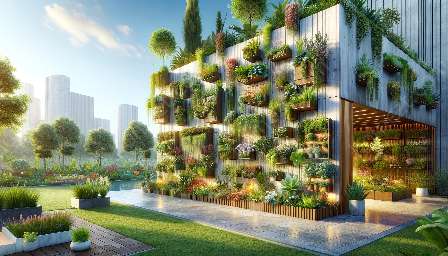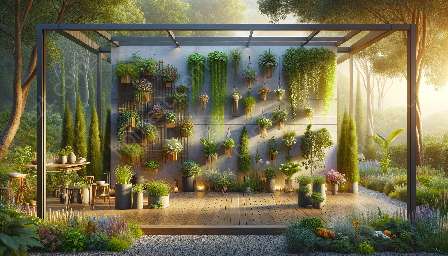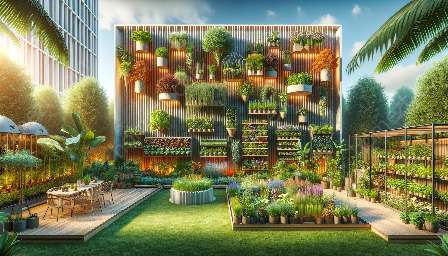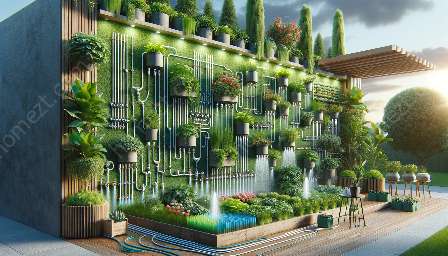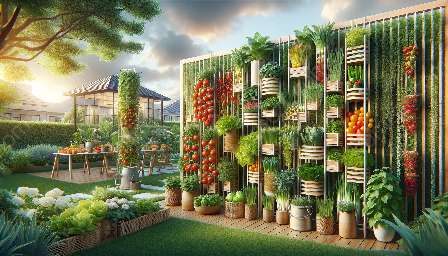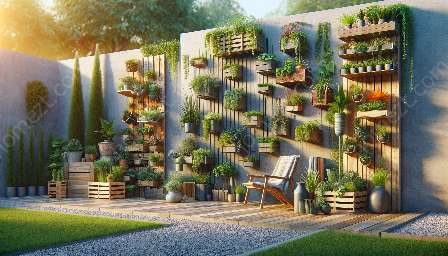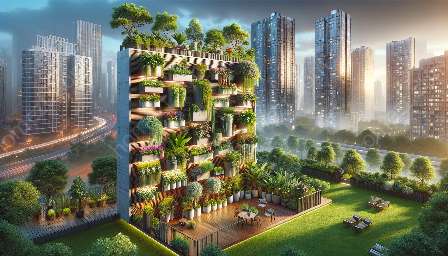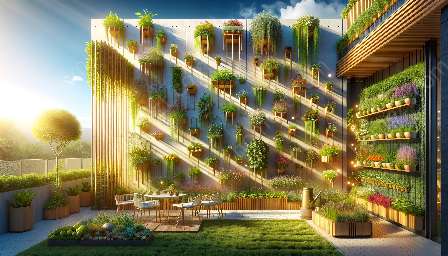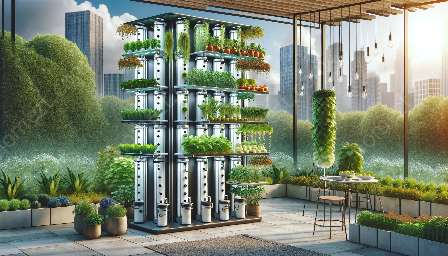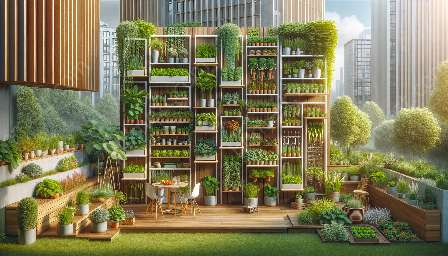Vertical gardens are a popular choice for urban dwellers and homeowners with limited space, as they allow the cultivation of plants in a small, vertical footprint. However, one of the biggest challenges faced by vertical gardeners is ensuring that plants receive an adequate amount of sunlight to thrive. In this comprehensive guide, we will explore proven techniques and strategies for maximizing sunlight in vertical gardens, enabling you to create lush and thriving green spaces.
The Importance of Sunlight in Vertical Gardens
Sunlight is crucial for the growth and development of plants. It provides the energy needed for photosynthesis, a process through which plants convert light energy into chemical energy, facilitating their growth. In vertical gardens, plants are stacked on top of each other, which can sometimes result in shading and limited sunlight exposure, especially for plants situated lower down the structure. As such, it is essential to implement measures to maximize sunlight in vertical gardens to ensure the health and vitality of the plants.
Choosing the Right Location for Your Vertical Garden
One of the first steps in maximizing sunlight in vertical gardens is to carefully select the location for your garden. When choosing a spot for your vertical garden, consider the sun exposure it will receive throughout the day. South-facing walls typically receive the most sunlight, making them an ideal location for a vertical garden. East-facing and west-facing walls also receive a good amount of sunlight, although the intensity and duration may vary. It's important to observe the sunlight patterns in your chosen location to determine the best placement for your vertical garden.
Optimizing Plant Selection and Placement
Another key consideration in maximizing sunlight in vertical gardens is the selection and placement of plants. Choose plants that are suitable for the level of sunlight available in your chosen location. Some plants thrive in full sun, while others prefer partial shade. Additionally, consider the height and growth habits of the plants when arranging them in your vertical garden. Taller plants should be placed towards the back or center of the structure to prevent shading of smaller plants situated behind them. This strategic placement will ensure that all plants receive adequate sunlight for their growth.
Utilizing Reflective Surfaces
Reflective surfaces can be employed to enhance sunlight exposure in vertical gardens. By strategically placing reflective materials such as mirrors or light-colored panels, you can redirect sunlight to reach areas that may be shaded. This technique can be especially beneficial for gardens located in areas with limited direct sunlight. Care should be taken to avoid directing intense sunlight onto delicate plants, as this may cause damage.
Utilizing Artificial Lighting
In instances where natural sunlight is limited, the use of artificial lighting can supplement the light requirements of plants in vertical gardens. LED grow lights are an energy-efficient option for providing additional light to support plant growth. When using artificial lighting, it's important to mimic the natural light cycle by adjusting the duration and intensity of the light to correspond with the plant's needs. This approach can be particularly useful for maintaining plant health during periods of low sunlight, such as the winter months.
Maintaining and Pruning Your Vertical Garden
Regular maintenance and pruning are essential for ensuring that plants in a vertical garden receive an optimal amount of sunlight. Overgrown vegetation can lead to shading and competition for sunlight, so it's important to trim and prune plants as needed to prevent them from blocking light to others. Additionally, keeping the structure and surrounding areas clean and free from obstructions will contribute to maximizing sunlight exposure for your plants.
Conclusion
Maximizing sunlight in vertical gardens is essential for creating thriving and healthy green spaces. By carefully selecting the location, optimizing plant selection and placement, utilizing reflective surfaces, considering artificial lighting, and maintaining the garden, you can ensure that your vertical garden receives the sunlight it needs for lush and vibrant plant growth. With these strategies and techniques, you can create an attractive and flourishing vertical garden, regardless of space limitations.

